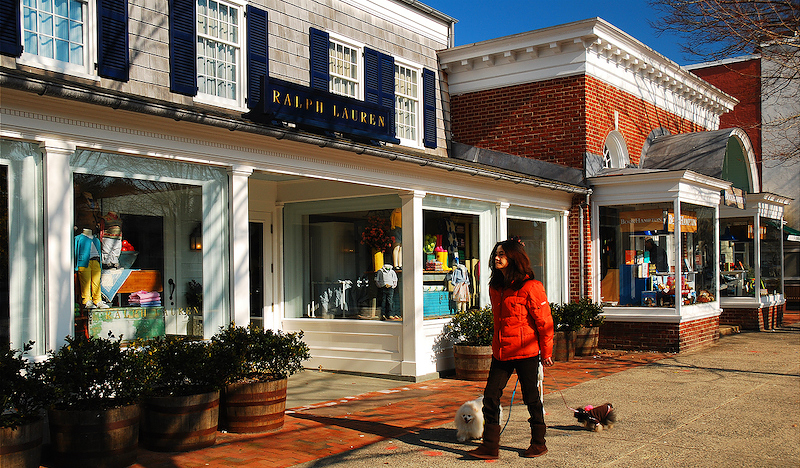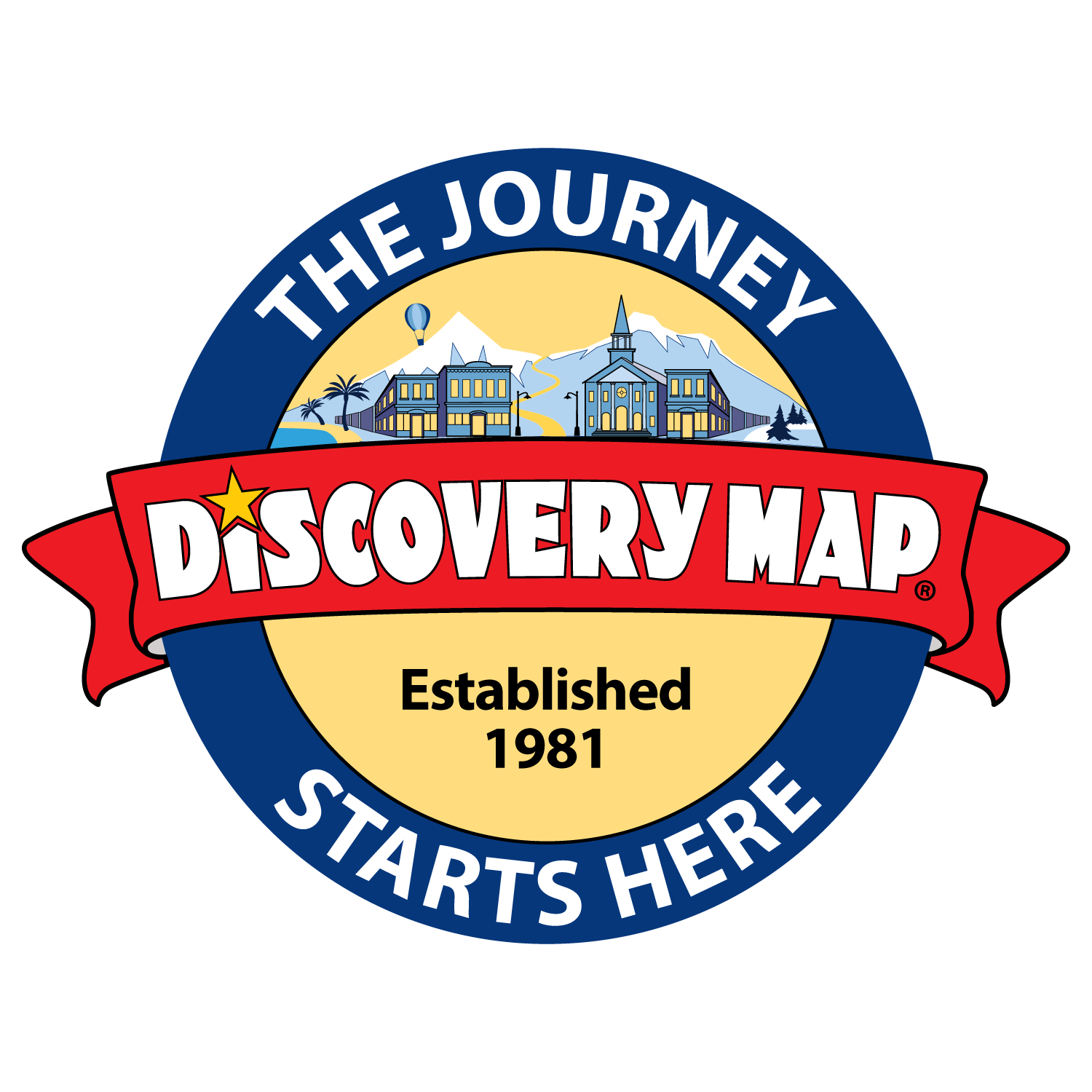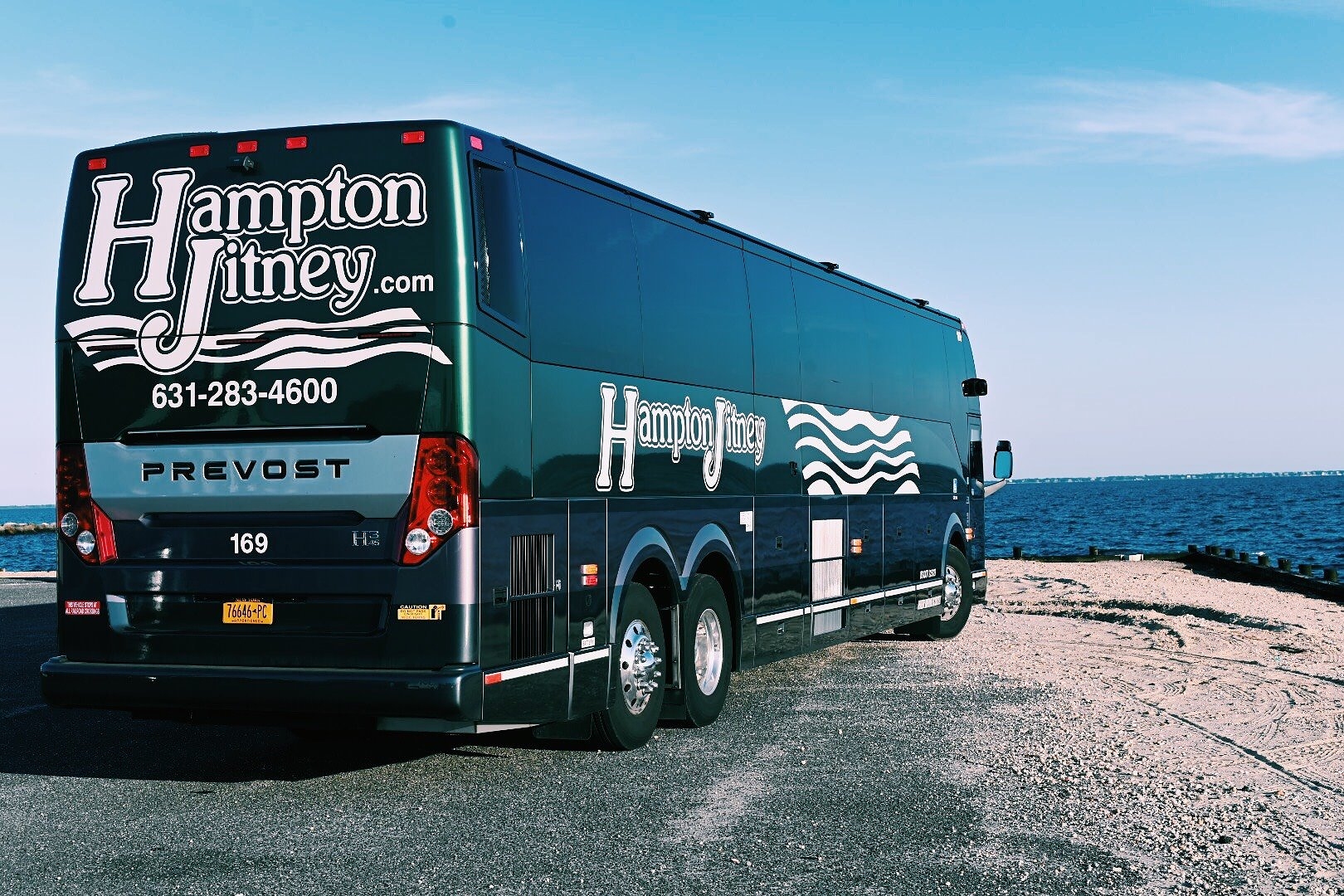Taking It Easy in East Hampton
Taking It Easy in East Hampton
Any talk of the Hamptons conjures up images of the tony set sipping fancy cocktails at a private beach party. Well, there’s plenty of that going on in East Hampton, New York, and boy do these rich folks know how to PAH-TAY. But there’s so much more to this fantabulous destination than just being a play land for the ultra-rich.
First and foremost, you have the beaches. These magnificent sandy swathes furnish everyone no matter how rich, poor, young, old, queer, straight, white, black–or any other form of distinction–with the same exhilarating experience. The euphoria achieved from walking along some of the most glorious coastline in the world is priceless. Many of these beaches have, in fact, been ranked higher in raw beauty and cleanliness than those in California and Florida. No wonder so many people flock here year after year.

There are five beaches in East Hampton maintained and operated by the Village of East Hampton. All require permits during the season, so be sure to go through the proper channels to obtain one. Some places of lodging also provide permits.
Of course if you’re just walking, pedaling or Ubering up to a beach, there’s no need to worry about a permit. You might want to consider taking the Hampton Jitney to Long Island from Manhattan in any event. Then you can just Uber or Lyft yourself around once there. (That way you can also enjoy more craft cocktails by the sea.) The bus services out to Long Island are quite nice and frequented by those in the know. East Hampton is just over a hundred miles from the city but with all the traffic, the ride can take as long as three to four hours. Best to spend that time paging through one of the glossy magazines on the Hamptons (or from the Big Apple) rather than sweating it out in a sea of cars.
There’s also the Long Island Railroad, the busiest commuter rail service in North America. It was actually the LIRR that opened up this once super rural area to visitors toward the latter part of the nineteenth century. Much of this part of Long Island was made up of farmland and inhabited by Native Americans up until about 1880. Sadly, the Montaukket people were forced out at this time and luxury “cottages,” or mansions started to be built on what was once their land. There are still many references to the Native American people in the names of places in the area and fortunately some of their traditions have remained. The Shinnecock Powwow, one of the biggest and most colorful gatherings of natives in America, takes place in nearby Southampton at the beginning of September every year.
It’s also thanks partly to the Long Island Railroad that many artists came to know the East End of Long Island. Toward the late 1870s, the railroad brought about a dozen artists to ride out and discover the natural beauty of East Hampton and beyond in order to create works that were used in the railroad’s promotional materials. William Merritt Chase was so taken with the Hamptons that he opened Shinnecock Hills Summer School of Art. Other artists, including Jackson Pollock, followed his lead, establishing an artist’s colony here that has grown throughout the decades. Gallery-going is a favorite summertime (or any time for that matter) activity for many. A stroll through the sculpture gardens of LongHouse Reserve is also most enjoyable as is a visit to Guild Hall where depending on the programming, you might actually be able to try your hand at your own Abstract Expressionist creation.

After all these activities, you’ll find plenty of places to go to refresh yourself morning, noon and night. From munching on one of Dreesen’s Donuts or Goldberg’s Bagels in the morning to sipping a wine at The Maidstone lounge before checking in for a luxurious stay in one of the finest properties of the Hamptons, there’s something for everyone’s taste in East Hampton.



